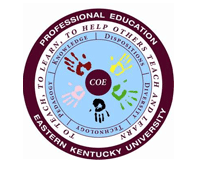Article Title
Using Critical Self - Reflection and Resistance Strategies in Preparing Culturally Responsive Teachers--RESEARCH
Abstract
As our country becomes more racially, ethnically, and linguistically diverse, pre-service teachers must be fully prepared to deal with these changes. As the demographics change, the majority of teachers continue to be white, middle-class females having to teach students who are different from themselves. Ladson-Billings (1995) suggests that schools of education must prepare teachers with the knowledge, skills and values that will enable them to be culturally competent in the classroom so as to meet the challenges of a pluralistic society. According to Brown(2004) and Sleeter (2001), many pre-service teachers simply lack cross-cultural competence and attitudes regarding diversity that would allow them to teach culturally diverse students. Therefore, various scholars (e.g., Cannella & Reiff, 1991; Suleiman, 1996; Ukpokodu, 2003; Vaughan, 2002) argue for the inclusion of diversity training within education programs that are designed to build a better cultural understanding. Several studies (Bennett, 1995; Burstein & Cabello, 1989;Sleeter, 1995) suggest that only teachers who are sensitive to the diverse cultures that students bring to the classroom would be able to understand the cultural cues of different ethnic and social groups, and in following, provide learning experiences that will meet their needs.
Recommended Citation
Vaughan, Winston
(2013)
"Using Critical Self - Reflection and Resistance Strategies in Preparing Culturally Responsive Teachers--RESEARCH,"
Kentucky Journal of Excellence in College Teaching and Learning: Vol. 11, Article 7.
Available at:
https://encompass.eku.edu/kjectl/vol11/iss2/7

